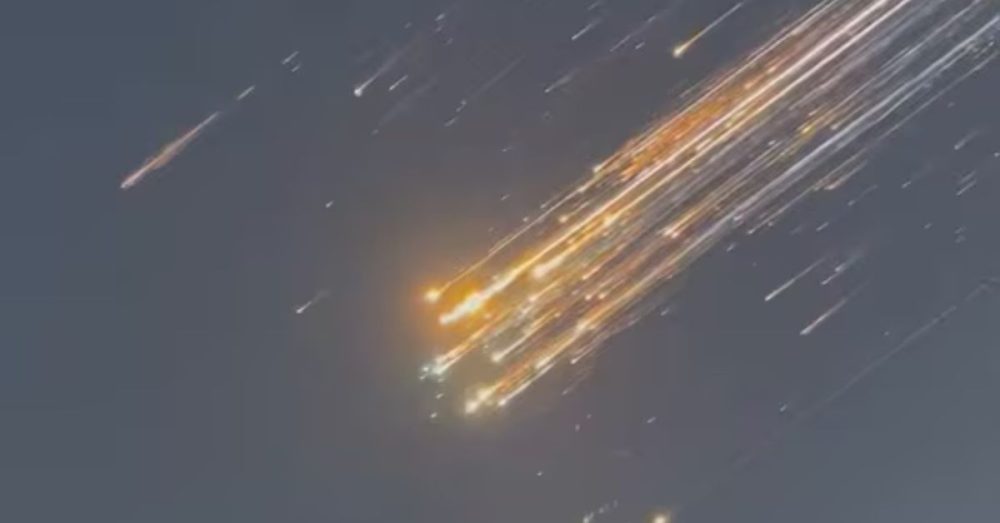SpaceX’s seventh test flight of its Starship rocket came to an abrupt end on Thursday afternoon, just minutes after lift-off from the company’s launch site in South Texas.
The launch was initially promising, but the mission ended much quicker than anticipated when the rocket experienced what SpaceX described in a statement as a “rapid unscheduled disassembly” during its ascent.
“Success is uncertain, but entertainment is guaranteed!,” Elon Musk posted in response to a video of the rocket’s debris lighting up the Texas sky.
Dozens of commercial flights were rerouted or delayed to avoid debris from the rocket, with departures from Miami and Fort Lauderdale experiencing 45-minute delays, according to Reuters. The FAA also temporarily diverted planes around the debris zone but confirmed that normal flight schedules have since resumed.
In a brief statement posted to social media, SpaceX confirmed the malfunction, saying, “Starship experienced a rapid unscheduled disassembly during its ascent burn. Teams will continue to review data from today’s flight test to better understand root cause. With a test like this, success comes from what we learn, and today’s flight will help us improve Starship’s reliability.”
Thursday’s test flight aimed to represent another milestone for Musk’s SpaceX quest to build a reusable, “heavy-lift” rocket capable of carrying humans to the Moon, Mars and beyond.
SpaceX had also hinted that this mission might have been the last suborbital test flight, as the next step in the program would involve placing the Starship into low Earth orbit for further testing before an eventual mission with a human crew.
However not all of Thursday’s launch was considered a failure. Although the Starship was lost, the Super Heavy booster successfully performed a controlled descent and was caught by the launch tower’s robotic arms, marking the second successful booster recovery using this method. In its fifth Starship test flight in October of 2024, SpaceX successfully caught and returned the rocket’s first-stage booster to its Texas launch pad for the first time in company history.
Musk and SpaceX have remained optimistic in light of the seventh launch’s quick disassembly. In a follow-up statement, the company reiterated its focus on understanding the root cause of the failure.
“Data review is already underway as we seek out root cause. We will conduct a thorough investigation, in coordination with the FAA, and implement corrective actions to make improvements on future Starship flight tests,” Space X wrote in their statement.
“The ship and booster for Starship’s eighth flight test are built and going through prelaunch testing and preparing to fly as we continue a rapid iterative development process to build a fully and rapidly reusable space transportation system,” the company added.
Musk concluded a quick review of the launch in another post to X saying, “Probably solved in next month’s launch… This is barely a bump in the road. Doesn’t change the likely date at which Mars becomes self-sufficient.”


